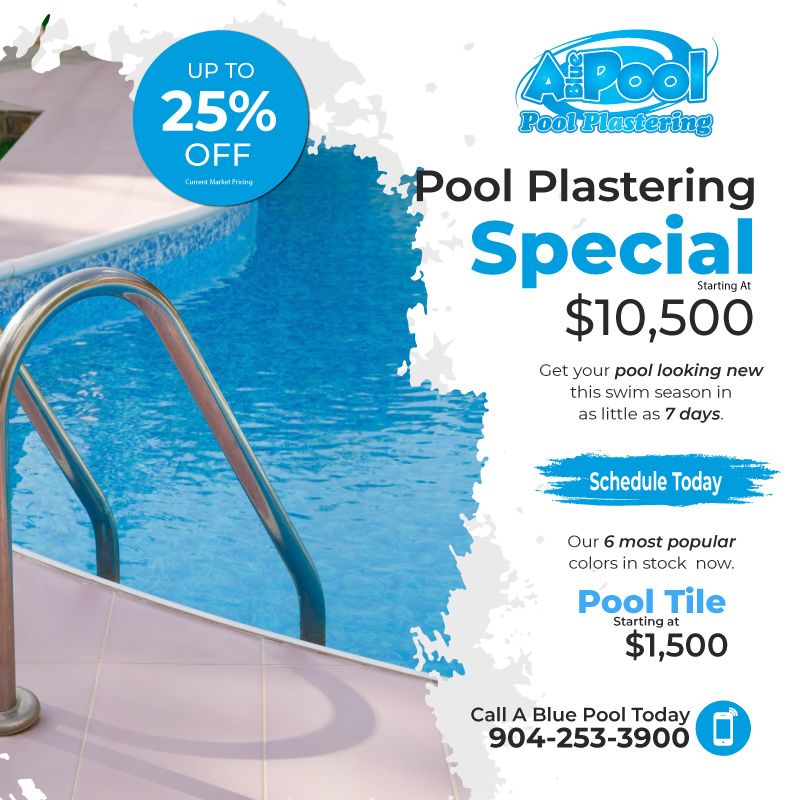Swimming Pool Remarcite Done Right
Expert Swimming Pool Plaster Repair
 Your backyard swimming pool is not just a place to cool off on a hot summer day – it’s a major design element and a big reflection of your style and taste. And just like your home and yard, your pool can be made to look fabulous so as to stand out and be the centerpiece of your property. Whether your taste runs toward a traditional “kidney-shaped” look or you desire something more in harmony in nature, you should be proud of your pool.
Your backyard swimming pool is not just a place to cool off on a hot summer day – it’s a major design element and a big reflection of your style and taste. And just like your home and yard, your pool can be made to look fabulous so as to stand out and be the centerpiece of your property. Whether your taste runs toward a traditional “kidney-shaped” look or you desire something more in harmony in nature, you should be proud of your pool.
But even if you spent a good deal of time and money on the installation – and had it done by a reputable contractor as well – your pool will eventually need refurbishment of some sort. And when it comes to the look of your pool, one of the biggest issues involves problems of one sort or another with the plaster (or “marcite”, as it is known in the pool industry), the material that forms the outer layer of the pool’s surface and keeps your pool’s water from leaking out. A number of common plaster problems are as follows:
Discoloration – In time, the chemical makeup of pool water along with water pressure can lead to these unattractive stains forming on the sides and bottom.
Etching – Etching occurs when pool water contains a high level of acid, causing plaster to become rough and disintegrate in shallow patches. Their appearance somewhat resembles bodies of water on a textured globe. A pool’s color may also diminish and turn to a beige tint in this situation.
Scales – These unsightly patches develop when your pool’s water has a high mineral content and are caused by the resulting chemical reactions.
Cracking – A potentially serious problem, cracking may take place due to water pressure as well as extreme temperatures. This may lead to significant water loss if large cracks are not addressed quickly.
Bond Failure – Also known as delamination, this happens when large pieces of plaster come loose from the pool surface, leaving crater-like holes. This happens as a result of cavities forming between the marcite, gunite, or shotcrete due to issues such as shrinkage, cracks, and insufficient adhesion. It is commonly seen in pools that have been previously re-plastered.
If you suspect you may be in need of swimming pool plaster repair, the experts at A Blue Pool are here to help. Our certified staff will assess your particular situation and take the steps necessary to correctly remedy the problem. Below is an outline of the swimming pool remarcite process:
What, exactly, is “Marcite”? Marcite is a special plaster made by combining white Portland cement with marble dust. This mixture is not only durable and attractive but is watertight as well (unlike the concrete that forms the shape of the pool).
How is a swimming pool remarcited? First, old and damaged plaster is cut and chipped off and a bond coat is added to the gunite. Then, our certified installers mix the marcite and hand-trowel it on, taking care to achieve a smooth finish. In no time at all, your pool will be ready for use again!
Making the Swimming Pool Remarcite Process an Art
At A Blue Pool, we make sure that swimming pool plaster repair isn’t a hassle and is performed right the first time. Whether you choose a standard exposed aggregate finish or the latest Pebble Tec® or Beadcrete® offerings, our factory-trained and certified installer will leave you with a pool you will be proud of!
Need an Emergency Swimming Pool Repair?
We offer 24-hour emergency pool repair services in the Jacksonville area. Call Now 904-253-3900

